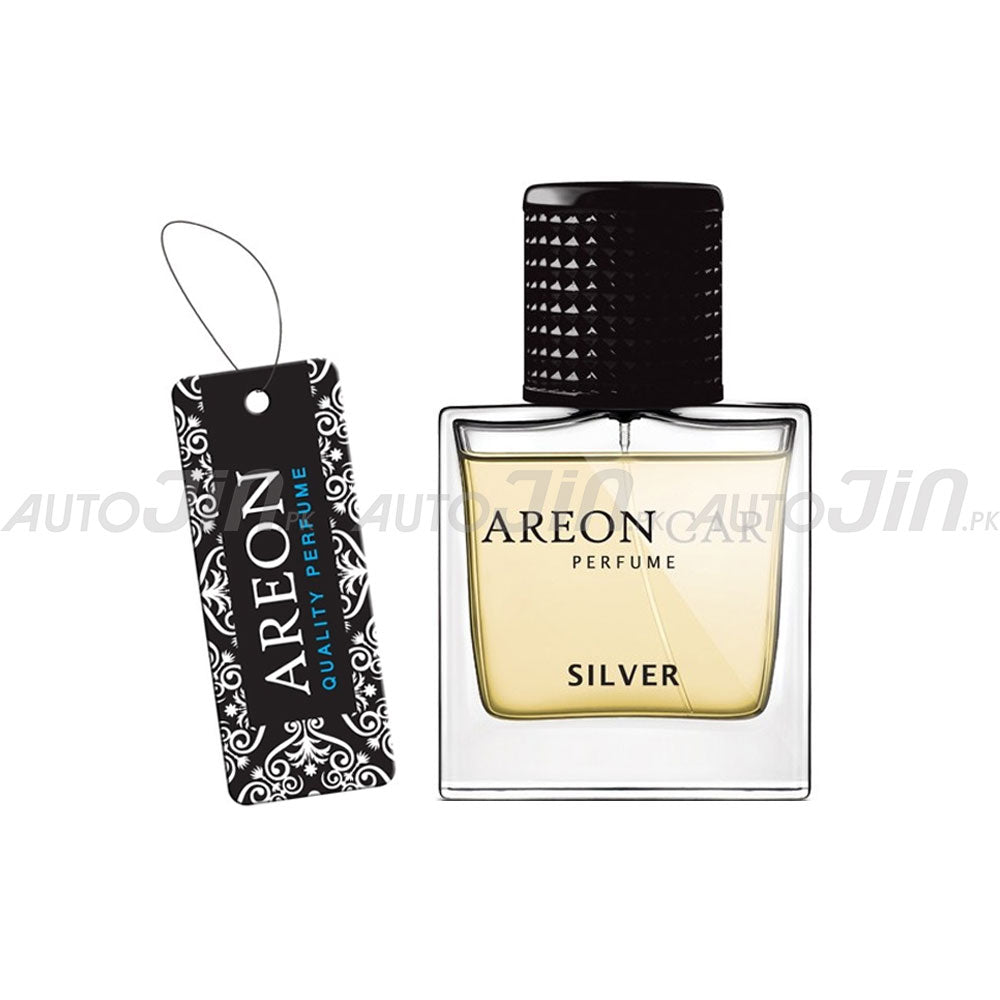Southampton, located on the southern coast of England, is a city known for its rich maritime history and vibrant cultural scene. Over the years, it has undergone significant architectural evolution, with its buildings and urban spaces reflecting both its historical significance and its ambition to embrace modernity. Architects in Southampton are tasked with preserving the city’s unique identity while integrating contemporary design principles that meet the needs of a growing and dynamic population.
A City with a Storied Architectural History
Southampton’s architectural heritage is deeply Architect Southampton influenced by its past as an important port city. The city boasts numerous historic landmarks, from medieval walls and Tudor buildings to Georgian houses and Victorian structures. The city’s Old Town area, in particular, is a testament to its history, with buildings such as the Bargate and the medieval walls offering glimpses into the city’s past.
For architects in Southampton, preserving this rich architectural heritage while accommodating the demands of modern development is a delicate balance. Historic buildings, such as the Southampton Guildhall and the Tudor House Museum, are often repurposed or renovated to fit contemporary uses, allowing the city to retain its sense of history while meeting modern needs. Adaptive reuse is a popular strategy in Southampton, with old buildings being converted into offices, residential units, or cultural spaces, ensuring their survival in a rapidly evolving urban landscape.
Sustainable Architecture in Southampton
As the world faces the challenges of climate change and environmental sustainability, architects in Southampton are increasingly focused on creating buildings that minimize their environmental impact. Sustainable architecture has become a central theme in the city’s urban development, with architects designing energy-efficient buildings that use renewable resources, reduce waste, and lower carbon emissions.
One example of sustainable architecture in Southampton is the city’s focus on energy-efficient homes and buildings. New residential developments are designed with features like solar panels, green roofs, and energy-efficient insulation to reduce their carbon footprint. Moreover, architects are incorporating sustainable materials such as recycled steel, timber, and low-carbon concrete into their designs, making buildings more eco-friendly and durable.
Southampton is also prioritizing green spaces and sustainable transport in its urban planning. The creation of pedestrian-friendly zones, cycling paths, and green corridors ensures that new developments are integrated with the environment, promoting a healthier and more sustainable lifestyle for the city’s residents.
The Rise of Modern Architecture in Southampton
While Southampton is proud of its historical architecture, the city has also embraced modern design. The skyline of Southampton is evolving, with sleek and innovative buildings emerging alongside the city’s traditional structures. Modern architectural designs are making use of cutting-edge technologies, materials, and construction methods, helping to create functional, aesthetically pleasing spaces that are in tune with the needs of contemporary society.
The city’s regeneration projects, particularly in the waterfront areas, have seen the construction of new commercial, residential, and cultural spaces. The Westquay shopping center, for example, stands as a prime example of modern retail architecture, with its striking glass and steel design offering a sharp contrast to the city’s older structures. Similarly, the development of new residential towers and mixed-use buildings has brought a fresh, contemporary feel to Southampton’s urban fabric.
Architects in Southampton are also looking beyond the aesthetic value of modern architecture, incorporating sustainable and high-tech features into their designs. The use of smart technologies, such as energy-efficient lighting, climate control systems, and smart meters, is becoming more common in new buildings, helping to optimize energy consumption and improve the overall experience for residents and users.
Regenerating Southampton’s Waterfront
One of the most exciting aspects of Southampton’s architectural development is the ongoing regeneration of its waterfront. The city’s historic port area, once dominated by industrial buildings and warehouses, is now being transformed into a vibrant, mixed-use space that combines residential, commercial, and recreational spaces. This regeneration project is aimed at creating a new, attractive destination for both residents and visitors, all while maintaining Southampton’s maritime character.
Architects working on the waterfront regeneration are tasked with creating buildings that complement the waterfront setting. Many of the new developments along the waterfront feature modern, glass-fronted buildings that offer stunning views of the water, as well as public spaces that encourage social interaction and outdoor activities. Mixed-use buildings, which combine residential apartments with commercial spaces, are also a key feature of the waterfront development, helping to create a dynamic and lively environment.
Sustainability is a key consideration in the waterfront regeneration projects. Waterfront developments in Southampton often include green roofs, renewable energy sources, and rainwater harvesting systems to reduce their environmental impact. Architects are also designing public spaces, such as parks and promenades, that offer opportunities for recreation and relaxation while enhancing the connection between the city and the water.
Architectural Design for Housing: Meeting Growing Demand
As one of the fastest-growing cities in the UK, Southampton faces a growing demand for new housing. Architects are at the forefront of addressing this challenge, designing innovative housing solutions that accommodate the city’s expanding population while ensuring that the built environment remains livable, sustainable, and inclusive.
New housing developments in Southampton range from high-rise apartments to terraced homes and mixed-use buildings. The emphasis is on creating homes that are affordable, functional, and energy-efficient. Mixed-use developments, where residential units are combined with retail, office, and recreational spaces, are becoming more common, as they offer a more integrated approach to urban living.
Architects are also addressing the need for family-friendly homes in Southampton, with many new housing developments incorporating features like larger living spaces, communal gardens, and easy access to public transportation. These designs aim to foster a sense of community while offering families a high quality of life.
Public Spaces and Cultural Venues in Southampton
Southampton’s architecture isn’t limited to residential and commercial buildings; the city also boasts a rich variety of public spaces and cultural venues. Architects are integral in designing these spaces, ensuring that they are accessible, functional, and reflective of the city’s identity.
Public spaces, such as parks, squares, and pedestrian-friendly streets, are designed to promote social interaction and create a sense of place. The development of cultural venues, such as the SeaCity Museum and the Mayflower Theatre, is also a key part of Southampton’s architectural growth. These venues serve as centers for the arts and culture, while also contributing to the city’s vibrant urban environment.
Architects working on public and cultural spaces in Southampton are increasingly focused on creating places that are flexible and adaptable to changing uses. Public spaces, for example, are being designed to host a wide range of events and activities, from outdoor concerts to community gatherings, ensuring that they remain relevant and useful to the people who use them.
The Integration of Smart Technologies in Southampton’s Architecture
As technology continues to advance, architects in Southampton are increasingly integrating smart technologies into their designs. Smart buildings, which feature technologies that automate various systems such as lighting, heating, and security, are becoming more common in both residential and commercial developments.
One of the key advantages of incorporating smart technologies into architecture is the ability to enhance energy efficiency. Smart systems allow for more precise control over energy use, reducing waste and ensuring that buildings operate more efficiently. Additionally, smart buildings can improve the quality of life for residents and users by offering features like customizable lighting, climate control, and enhanced security systems.
In addition to smart buildings, Southampton’s urban planning is also embracing the concept of smart cities. Through the use of sensors, data collection, and digital infrastructure, Southampton is working to create a more connected and efficient urban environment. For example, smart traffic management systems can help reduce congestion, while digital signage can provide real-time information to residents and visitors.
Architectural Education and Development in Southampton
Southampton is home to several institutions that offer architectural education and research, such as the University of Southampton. These institutions play a key role in shaping the next generation of architects, providing students with the skills and knowledge needed to succeed in an ever-evolving field.
Students and researchers at the University of Southampton are engaged in various projects that explore new trends in architecture, such as sustainable design, urban regeneration, and smart cities. The university’s focus on innovation and research ensures that Southampton remains at the forefront of architectural development, producing new ideas and approaches to address the challenges facing cities like Southampton.
The Future of Architecture in Southampton
The future of architecture in Southampton is exciting, with a focus on sustainable design, technological innovation, and the creation of vibrant, livable spaces. As the city continues to grow, architects will play a pivotal role in shaping its development, creating spaces that meet the needs of its diverse population while reflecting its rich history and maritime heritage.
Key areas of focus for the future include the continued regeneration of the waterfront, the creation of more affordable housing, and the integration of smart technologies into urban design. Additionally, architects will continue to prioritize sustainability, designing buildings that are energy-efficient, environmentally friendly, and resilient to the challenges posed by climate change.
In conclusion, Southampton’s architectural landscape is constantly evolving, with architects working to create a city that is both modern and respectful of its past. By embracing innovation and sustainability, while also preserving the city’s unique character, the architecture of Southampton will continue to shape the city’s identity for generations to come.…













 .
.






